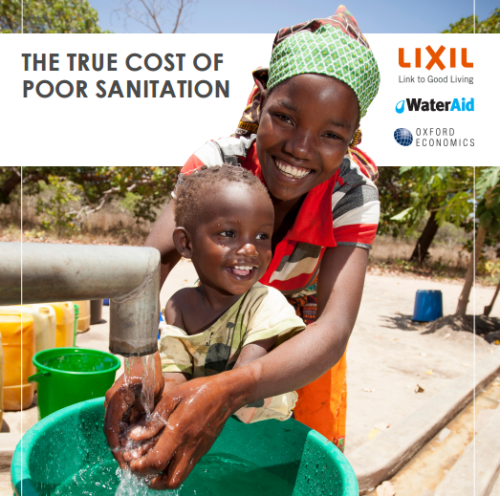
Lack of access to sanitation cost the global economy US$222.9 billion in 2015, up from US$182.5 billion in 2010, a rise of 22% in just five years, according to a new report released on 25 August 2016 by LIXIL Group Corporation (“LIXIL Group”), a global leader in housing and building materials, products and services.
The true cost of poor sanitation, published in collaboration with WaterAid and Oxford Economics, which conducted economic modeling to develop up-to-date estimations of the global cost of poor sanitation, brings to light the high economic burden in low-income and lower-middle income countries.
More than half (55%) of all costs of poor sanitation are a consequence of premature deaths, rising to 75% in Africa. A further quarter are due to treating related diseases, and other costs are related to lower productivity as a result of illnesses and time lost due to lack of access to a private toilet.



